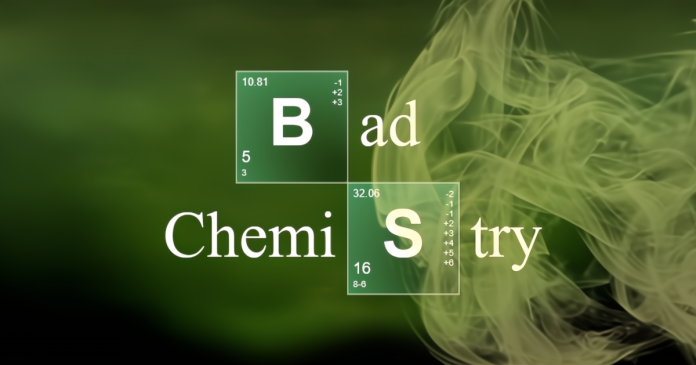In the realm of alternative archaeology, the “Land of Chem” hypothesis offers a striking twist on Egypt’s pyramids. It proposes these ancient wonders weren’t tombs or monuments but industrial chemical reactors, producing methane, ammonia, and acids for agriculture and metallurgy. Picture pyramids as ancient factories, harnessing lightning and Nile methane it’s a captivating vision. Yet, when we sift through the evidence, this theory collapses like a poorly mixed solution. Here’s why the “Land of Chem” idea is more fantasy than fact.
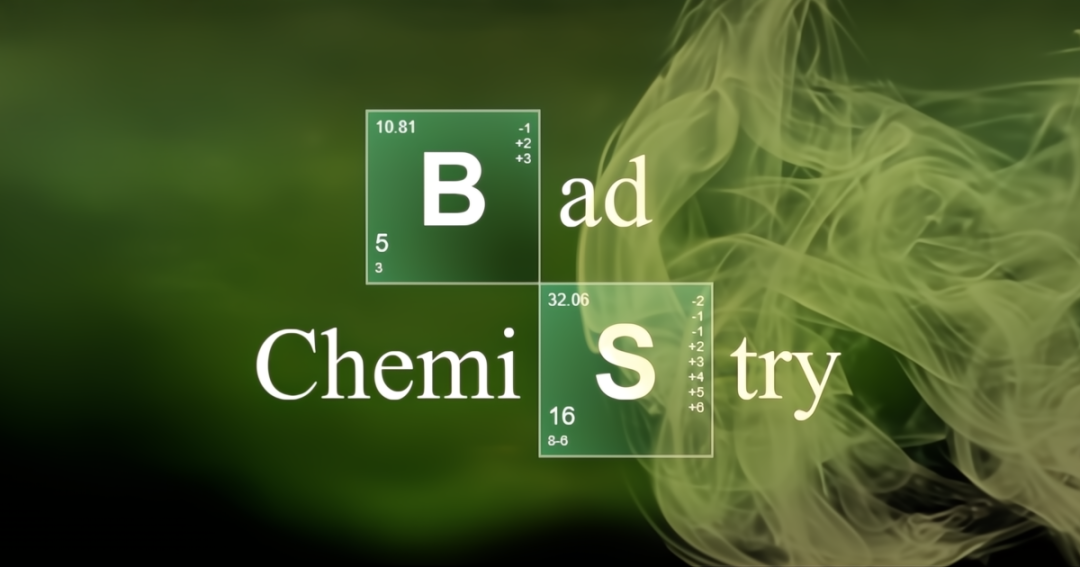
The Chemical Conundrum: A Lack of Hard Evidence
The “Land of Chem” hypothesis dares to reimagine Egypt’s pyramids as industrial chemical plants, each with a specific role in churning out methane, ammonia, or acids for ancient industry. It’s a wild departure from the tomb narrative, pyramids as ancient factories, humming with natural gas and lightning-fueled reactions. But when we dissect this theory pyramid by pyramid, it dissolves under the weight of evidence. Let’s break down each claim and show why it’s utterly wrong.
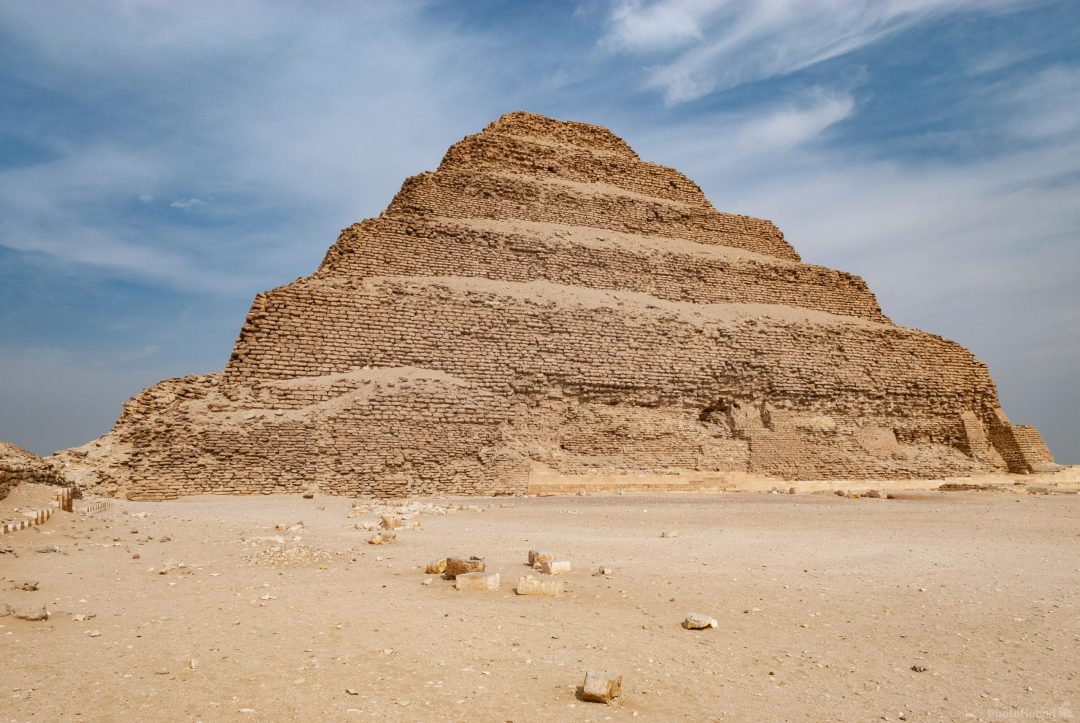
Step Pyramid at Saqqara: A Methane Machine?
Claim: The Step Pyramid churned out methane gas from organic decay or subsurface deposits.
Facts: Methane production demands anaerobic conditions (swamps or sealed fermenters) and a delivery system like pipes or vents. Saqqara’s geology lacks methane-rich strata; seismic surveys show no gas pockets beneath. The structure’s solid limestone and granite core has no conduits& gas doesn’t magically seep through rock without fractures or channels, none of which exist here. Organic decay? No carbon-rich residues (e.g., decayed manure) show up in soil or chamber analyses. Physics says methane needs containment and release; this pyramid offers neither. The idea’s a stretch with no pipes & no proof, it’s just hot air.
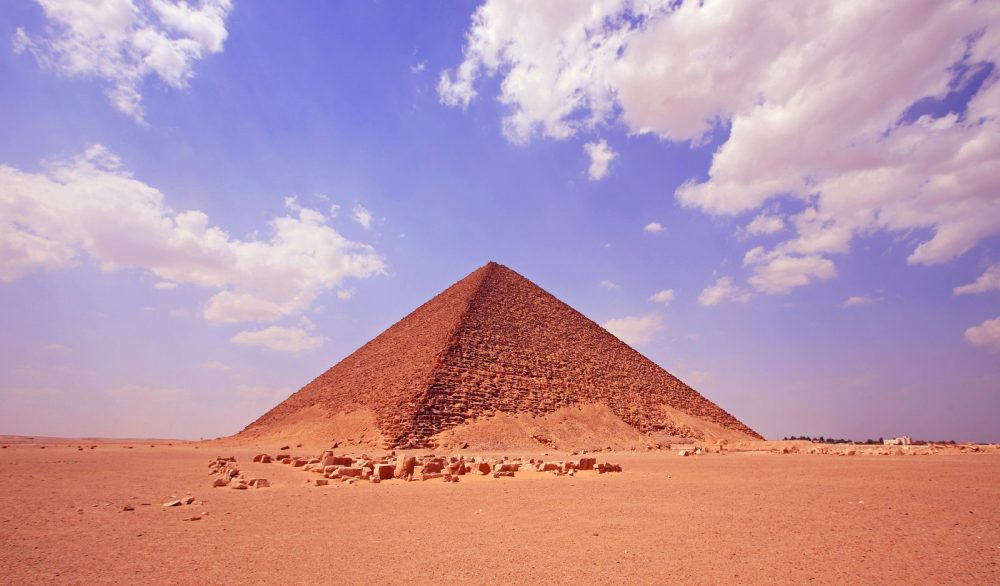
Red Pyramid at Dahshur: An Ammonia Factory?
Claim: The Red Pyramid turned methane into ammonia, with smells and stains as proof.
Facts: Ammonia synthesis requires extreme conditions (450–500°C), with 200-900 atmospheres of pressure, and an iron catalyst (Haber-Bosch process). Limestone can’t withstand that heat or pressure; it’d crack at far lower thresholds. No iron catalyst traces exist in the chambers—geochemical scans show only natural limestone and salt. The ammonia smell? Guano decomposition explains it, but stains aren’t ammonia residue, spectroscopy pegs them as iron oxides or calcium salts, common in weathered limestone. No pressurized system, no chemical conversion This is wishful sniffing, not science.

Bent Pyramid at Dahshur: Acid Refinery?
Claim: The Bent Pyramid made ammonium bicarbonate or nitric acid, its shape and erosion hinting at chemical wizardry.
Facts: Ammonium bicarbonate needs ammonia gas and CO₂ under controlled mixing & no sealed reaction vessels or gas traps exist here; limestone porosity leaks both. Nitric acid via lightning? Sure, lightning fixes nitrogen into trace nitric acid in rain, parts per billion, per atmospheric data, but that’s a far cry from industrial output. No conductors or storage channel those micrograms; dilute runoff can’t concentrate in porous stone. Modern nitric acid needs 850–1,000°C and platinum catalysts, limestone decomposes above 825°C into CaO and CO₂, crumbling under heat. Erosion? X-ray diffraction shows water and salt weathering, not acid etching, acid eats stone uniformly, not in the natural patterns seen here. This claim’s a chemical pipe dream & I’m not smoking it.
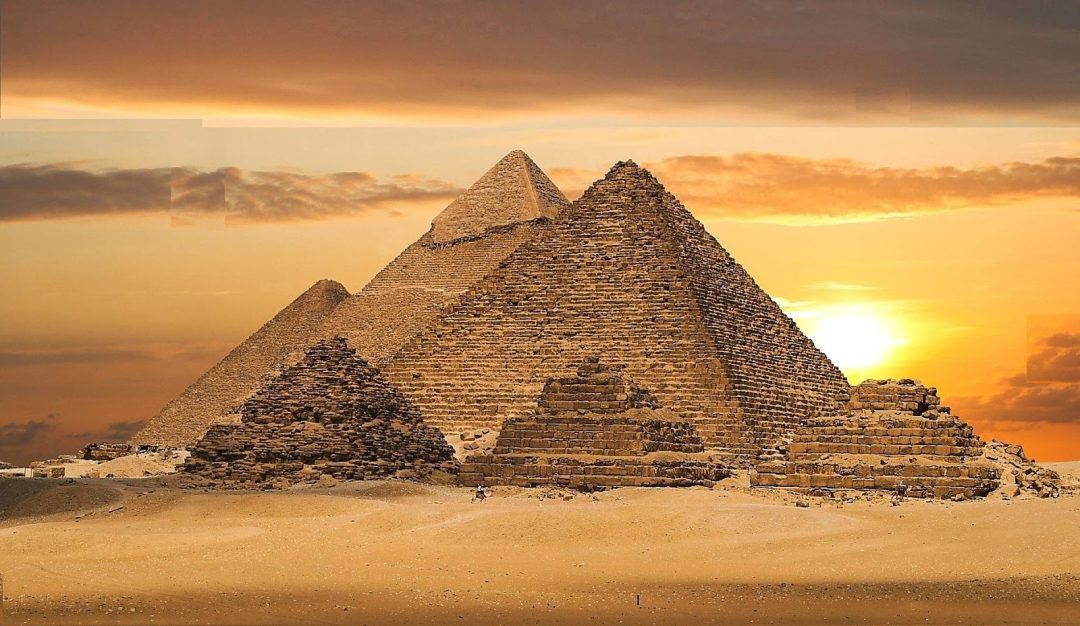
Giza Pyramids (Great Pyramid and Others): Are Acid Powerhouses?
Claim: The Giza pyramids, especially the Great, produced sulfuric and hydrochloric acids for mining gold and silver from local ore.
Facts: Sulfuric acid requires sulfur combustion (600°C+) and a Contact Process with vanadium catalysts, limestone and granite shatter at those temps, and Giza’s plateau lacks sulfur deposits (geological maps confirm). Hydrochloric acid needs chlorine gas via electrolysis or the chloralkali processes, no electricity or sodium chloride refining tech existed then. Copper traces do exist on the Giza plateau, but they’re from toolmaking, geochemical scans show elevated copper and arsenic in harbor soils, tied to smelting for chisels, not ore leaching. Sulfuric Acid Speleogenetic deposits, natroalunite, gypsum, exist on Giza, tied to natural H₂S seepage from deep hydrocarbons, per mineral studies, but these are dilute, passive byproducts, not industrial yields. No sulfates or chlorides beyond weathering show in assays, and no slag signals metal extraction. Chemistry and physics dissolve this acid fantasy.
A Broader Breakdown: Nature’s Limits
The “Land of Chem” banks on lightning or telluric currents to ignite reactions. Lightning’s flash millions of volts for microseconds, useless without conductors (none found). Telluric currents? Millivolts, per geophysical data are too feeble for industry. Methane from the Nile? No gas-bearing shale or coal seams underlie; core samples show sedimentary rock, not hydrocarbons. Chambers as reactors? Thermal imaging shows no heat-resistant linings or pressure sealed stone’s, just stone, not a lab.

Conclusion: A Hypothesis That Flunks Science
This theory spins pyramids into chemical marvels, fueled by stains and smells. But science, chemistry’s laws, geology’s maps & physics’ rules dissolve it. No methane flows, no ammonia cooks, no acids etch. The “Land of Chem” fails the litmus test, a concoction that can’t stand the heat of facts.

